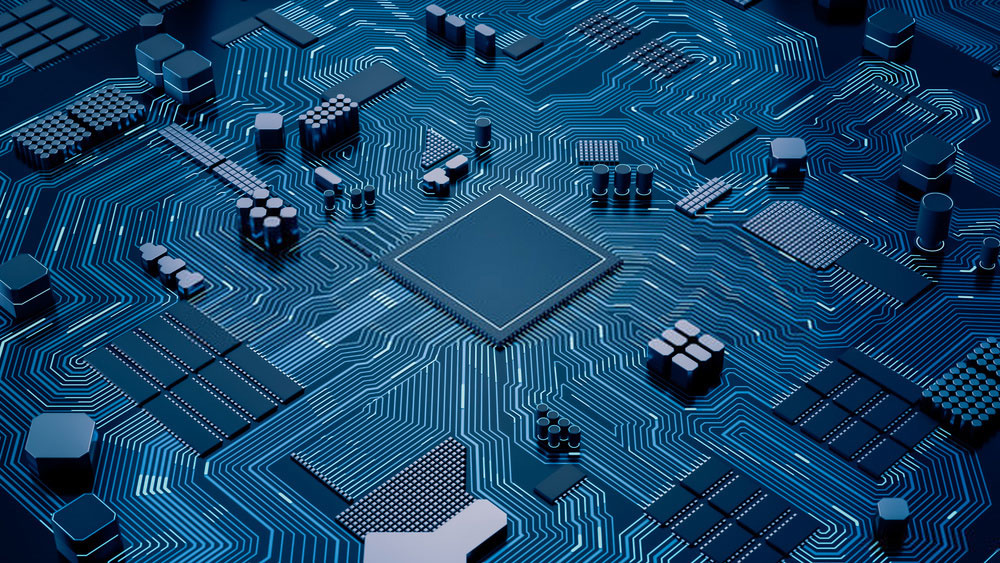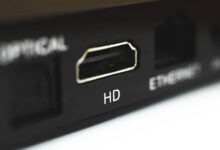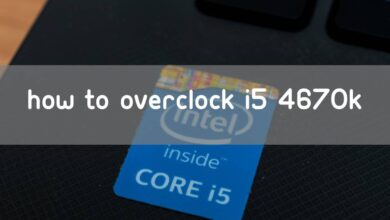How To Overclock Non K CPU
How to Overclock NON-K CPU? First, check your computer system ability. If you wish to overclock, get an unlocked K-series CPU and modify the multiplier in the BIOS to increase the clock speed. Base Frequency Boost technology tricks the CPU into running at a higher clock speed by boosting the TDP.
A motherboard that isn’t overclockable is called that for a reason: it can’t overclock your CPU. One of the most important factors to consider when purchasing an Intel processor is whether you want to overclock or keep with stock settings. If you wish to overclock, get an unlocked K-series CPU and modify the multiplier in the BIOS to increase the clock speed.
A non-K series CPU with a non-adjustable (locked) multiplier, on the other hand, will save you some money. However, what if you want to save money via overclocking?
In an unexpected move, three major motherboard manufacturers, ASUS, ASRock, and MSI, have confirmed overclocking capability for Intel’s non-K CPUs on the low-cost H series boards. This isn’t overclocking, but it has a similar effect. Rather than the boost clock, the base frequency is increased. It’s done by increasing the TDP or PL1 value.
This feature enables your CPU to run at or near its maximum frequency for extended periods. Intel CPUs run at a higher frequency for a short time before reverting to their default rates.
Manufacturers of higher-end motherboards have previously overcome this limitation by including powerful VRMs, allowing the CPU to run at boost clock for much longer. Intel announced a long time ago that Intel Sky Lake will no longer be overclocked.
What a bummer, right? Especially for those who bought any of these CPUs right here until we fix the problem with a microcode update that is now included in every BIOS of every motherboard that you can buy on various sites like Amazon.
Article Headings
How To Overclock NON-K CPU
Now we’ll look at how to properly overclock an Intel non-k CPU.
- For example, if you bought a z170 motherboard, it likely came with BIOS that had this Intel microcode updated, but what if we could downgrade to the earlier Skylake overclockable version?
- There is a slew of websites online that still have these outdated BIOS updates. My guinea pig was a Pentium g 4400. Keep an eye out for updates.
- The first thing I had to do was go online and look for an outdated BIOS update that was specific to my motherboard.
- It is as simple as that. I then rebooted my computer and used the delete button on the home screen to promote it into its BIOS. I used the f8 key, which means “trigger flash,” and then looked for my Bios in my thumb drive folder. Everything was installed correctly, and I was prompted to return to my home screen. Up until this moment, everything appeared to be in order.
- What I needed to do now was restart my computer and go into my newly downgraded bios to see whether I could handle clock overclocking. Yup, I could get anything I wanted within the CPU frequency range of 102. As a result, I changed it to a frequency little above four gigahertz.
- Please remember that increasing the frequency of the base clock will also raise your frequency. As a result, I don’t advocate enabling the XMP profile, especially if RAM is fast, such as 3000 megahertz or more. I also opted to manually raise my voltage from 1.0 to 1.2 volts, which I believe is under voltage for a CPU operating at several frequencies.

At almost the same time, my sentiment score was not significantly greater than my geek bench score. All other variables being equal, it would help you get more frames per second in practically any game you choose to play.
It means that if you buy a z170 motherboard and a non-k Intel CPU Skylake right now, you’ll save money. You can still overclock as long as you’re comfortable with the BIOS being downgraded.
Things are looking very good if you’re comfortable with that, but things could go south. If Intel decides to send this micro update through a Windows 10 update, you’ll almost certainly get a blue screen of death. If you were using that microcode embedded in Windows 10 to base clock overclock a non-k CPU.
To avoid this, I recommended to Google how to disable Windows ten automatic updates and be familiar with how to delete security updates that windows ten may have already installed in the background on your machine during the overclock Intel non-k CPU.
Conclusion
We have figured out how to overclock Intel’s non-K processors. If you want to overclock, purchase an unlocked K-series CPU and boost the clock speed by changing the multiplier in the BIOS. On the other hand, a non-K series CPU with a non-adjustable (locked) multiplier will save you money.
To manually overclock, the only alternative is to modify the base clock, which may be tough. Because you can’t hack an Intel CPU, you can’t unlock it.
Unlocking a chip is a physical procedure that occurs during the manufacturing process. On a chip that isn’t in the K series, there isn’t a code to crack.
Frequently Asked Questions
Is There A Way To Overclock A Non-K CPU?
ASRock (motherboard maker) has discovered a technique to overclock Intel’s non-K Comet Lake CPUs. If you wish to overclock, get an unlocked K-series CPU and modify the multiplier in the BIOS to increase the clock speed. A non-K series CPU with a non-adjustable (locked) multiplier, on the other hand, will save you some money.
Can You Overclock I7 10700 Non-K?
The multiplier on the Core i7-10700 is limited because it lacks the “K” suffix, which means you can’t just choose any CPU base frequency you want. On most motherboards, you can adjust the BCLK frequency over the default of 100 MHz, just like on prior Intel CPUs.
Is i7 7700 Overclockable?
The 7700 cannot be overclocked in any way because it is not a “K” series CPU. The incorporated Turbo Enhance, which considers your cooling and power demand to boost the frequency under load, is the only source of overclocking. You can enable it in your BIOS if it isn’t already enabled.









